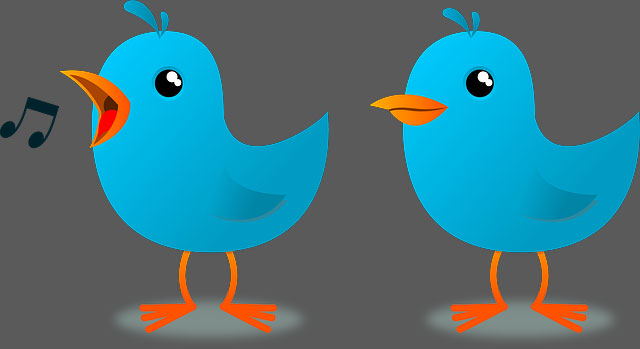
Wall Street is running out of bad Twitter one-liners: “Bye-bye birdie” was the headline on Susquehanna International’s recap of Twitter earnings. Twitter “can’t fly with broken wings”, UBS wrote.
The stock analysts who track Twitter grabbed for their bird puns after the company’s stinker fourth-quarter earnings report on Thursday, which spurred them to slash their estimates for revenue and share performance.
After the earnings report, just five out of 41 stock analysts who follow Twitter now recommend investors buy the company’s shares. The 12,2% share of buy ratings is the lowest among more than 50 US-listed technology companies with market values of US$10bn or more, Bloomberg data shows. (Twitter just edges out business-software firm CA, which 12,5% of analysts rate as a buy.)
The average of analysts’ 12-month price targets for Twitter, at $14,68, is below the company’s current share price and has been so for most of the last six or seven months. That indicates sentiment that shares have further to fall. When analysts start to throw in the towel on a company, that is not a good sign. (On the other hand, these stock analysts get it wrong. A lot.)
Their loss of faith is understandable. Twitter’s revenue is stuck, and that is the worst possible condition for a technology company. It’s not likely to get better soon, either. Based on the forecast Twitter gave for the first quarter, the company’s revenue could decline by 9-26% from the first quarter of 2016. It will be the first revenue decline since the company went public more than three years ago.
Twitter’s powerful chief operating officer, Anthony Noto, declined to address an analyst’s question Thursday about whether the company’s revenue would increase at all for the full year. On average, the stock analysts who track Twitter now estimate revenue will decline slightly in 2017, according to Bloomberg data.
Twitter’s biggest problem being reflected in analysts’ stock targets is the loss of faith among advertisers. Even Twitter executives said advertisers were choosing to spend their money elsewhere as rivals like Facebook and young Snapchat have become more compelling places to pitch their new cars or soda. Restoring advertiser confidence won’t be quick or easy.
Noto acknowledged that big advertisers reassess their spending once every six months to a year. Twitter hopes the next time they look at their budgets, the company’s mildly growing audience will seem like a compelling place to market their goods. If it doesn’t work, stock analysts will need to reach even deeper for their corny Twitter puns. — (c) 2017 Bloomberg LP




